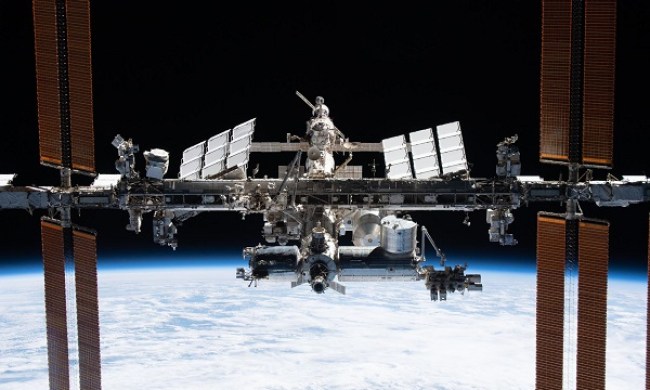
Robonaut 2, for those not in the know, is NASA’s highly dexterous robot-astronaut that’s been assisting its ISS-based human counterparts with various tests and tasks since 2011.
Sadly, R2’s extended stay in space has evidently taken its toll, with the space agency reporting a deterioration in the bot’s 3D vision capabilities.
“Humans use glasses to help them see better, but for robots, the fix is in their code,” the space agency said on its website this week.
Offering prizes worth $10,000, NASA is calling on skilled coders to create new algorithms to help R2 “see” better.
“In order to use a tool, R2 relies on an algorithm to determine a 3D representation of the tool,” NASA explains. “The algorithm works with the robot’s control system and allows R2 to create a plan for grasping objects and completing its tasks.”
The existing algorithms used by R2 work on the assumption that high-resolution images are always available. But because its vision sensors aren’t working so well anymore, new algorithms are required in order to distinguish the differences in objects based on noisy, stereo vision data.
The space agency is hoping to inspire the creation of algorithms that’ll enable R2 to identify, pick up, and use common space tools such as an RFID reader used for scanning inventory and a drill for fastening bolts.
“While astronauts can control R2 directly, making the robot more autonomous will make work on the station and on future deep space exploration missions more efficient,” NASA said.
If you think you have the mental clout to take on the challenge and help Robonaut 2 enjoy a more fulfilling (and useful) existence aboard the ISS, then head right over to the contest’s webpage here.
We tend not to hear a great deal about Robonaut 2, though its relative obscurity hasn’t stopped it from picking up more than 70,000 Twitter followers. The last time it had any widespread coverage was in 2014 when it received its very first pair of legs. Before then it was perched on a pedestal, severely limiting its autonomous capabilities.
It’s hoped R2 will eventually be able to assist with trickier tasks in more challenging environments, and could one day even find itself sent out to explore lunar and Martian terrain.


